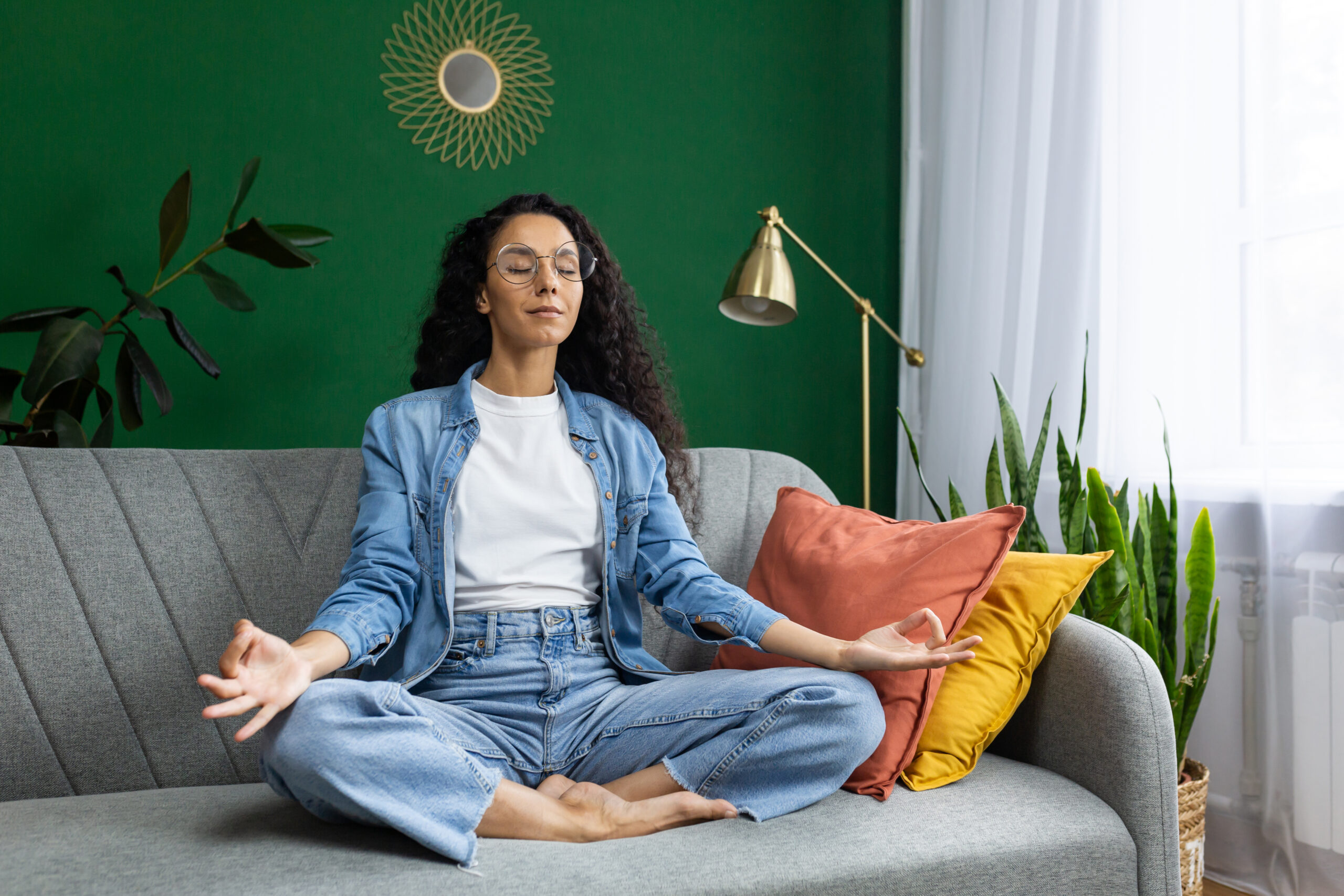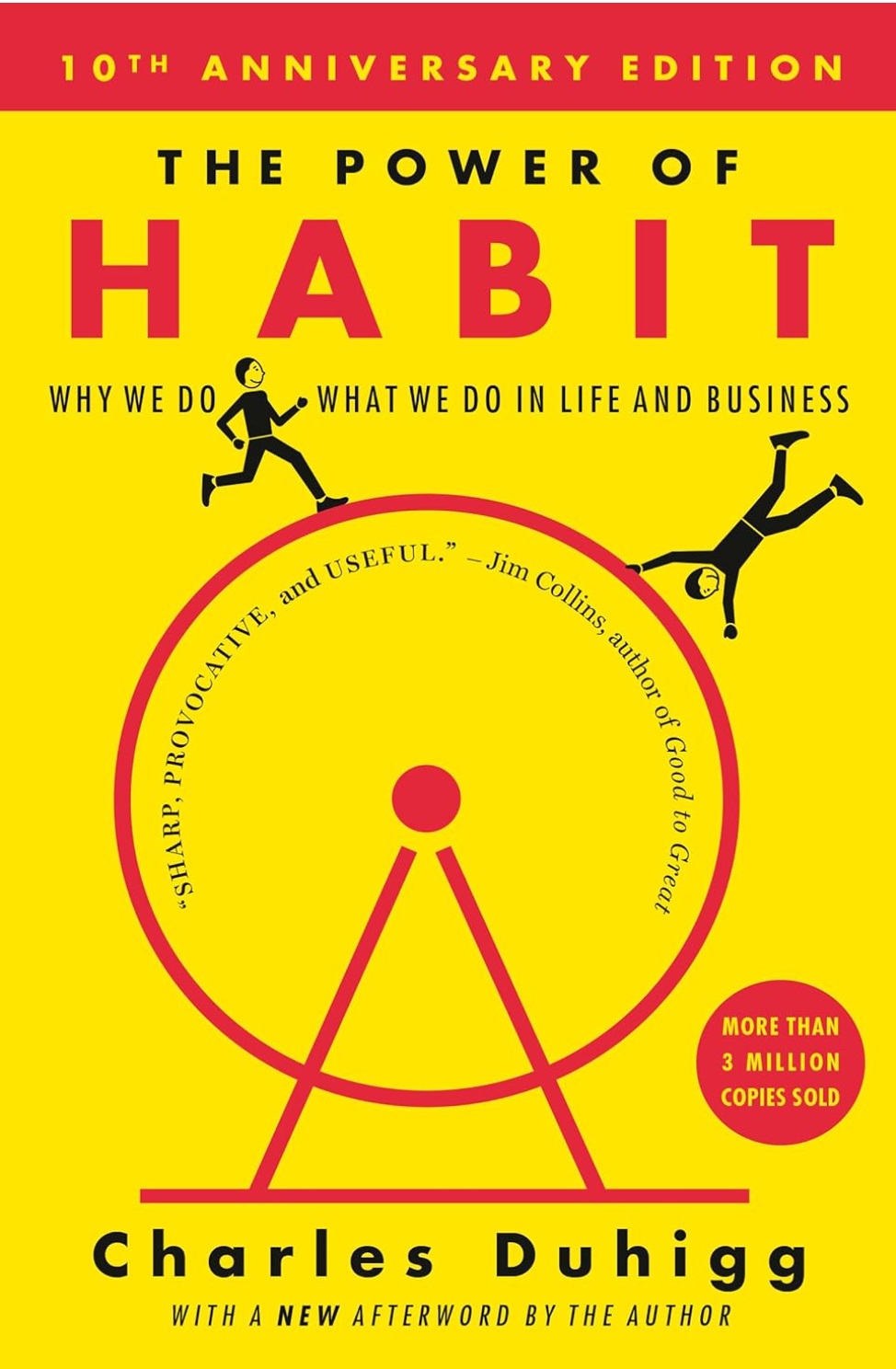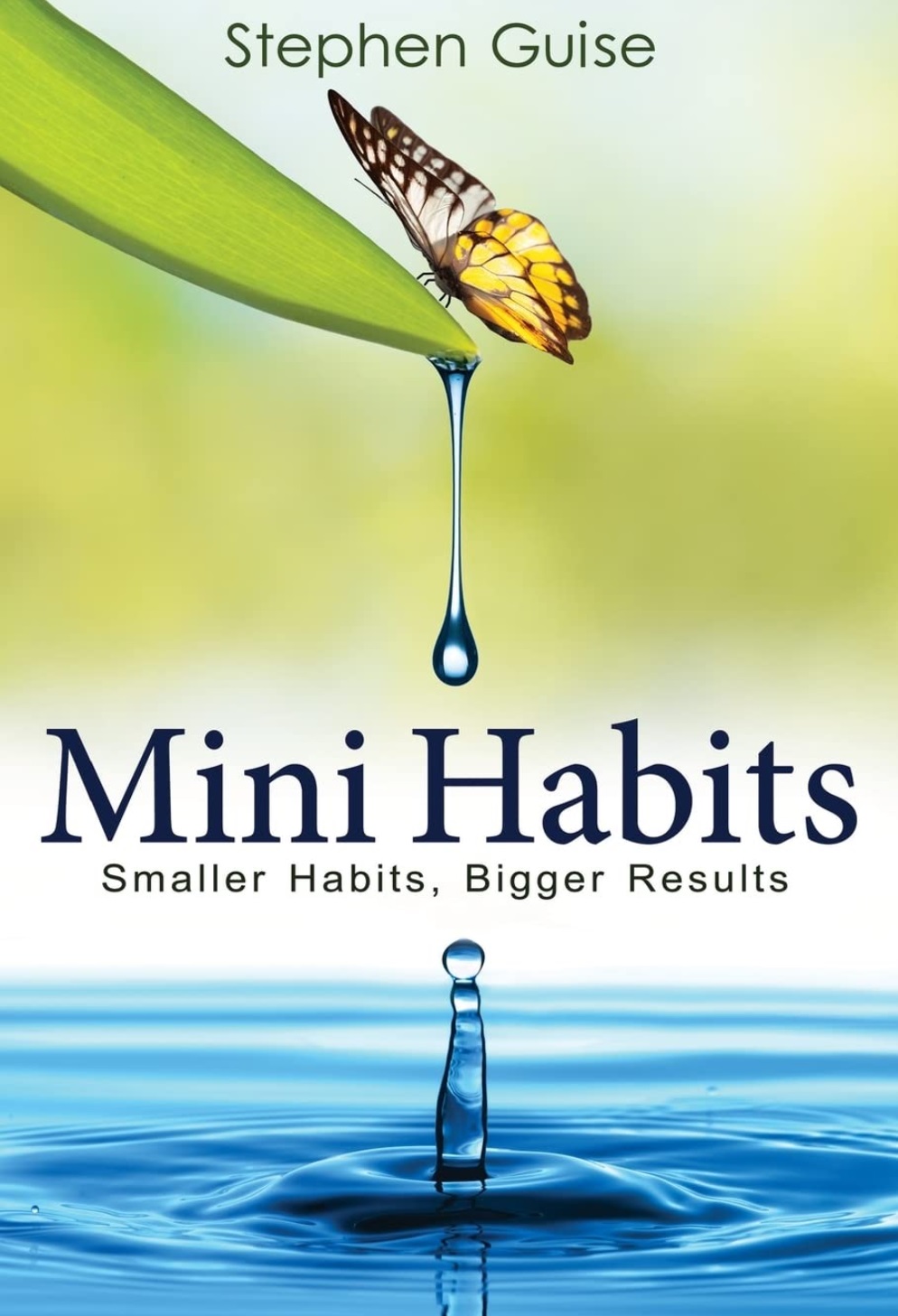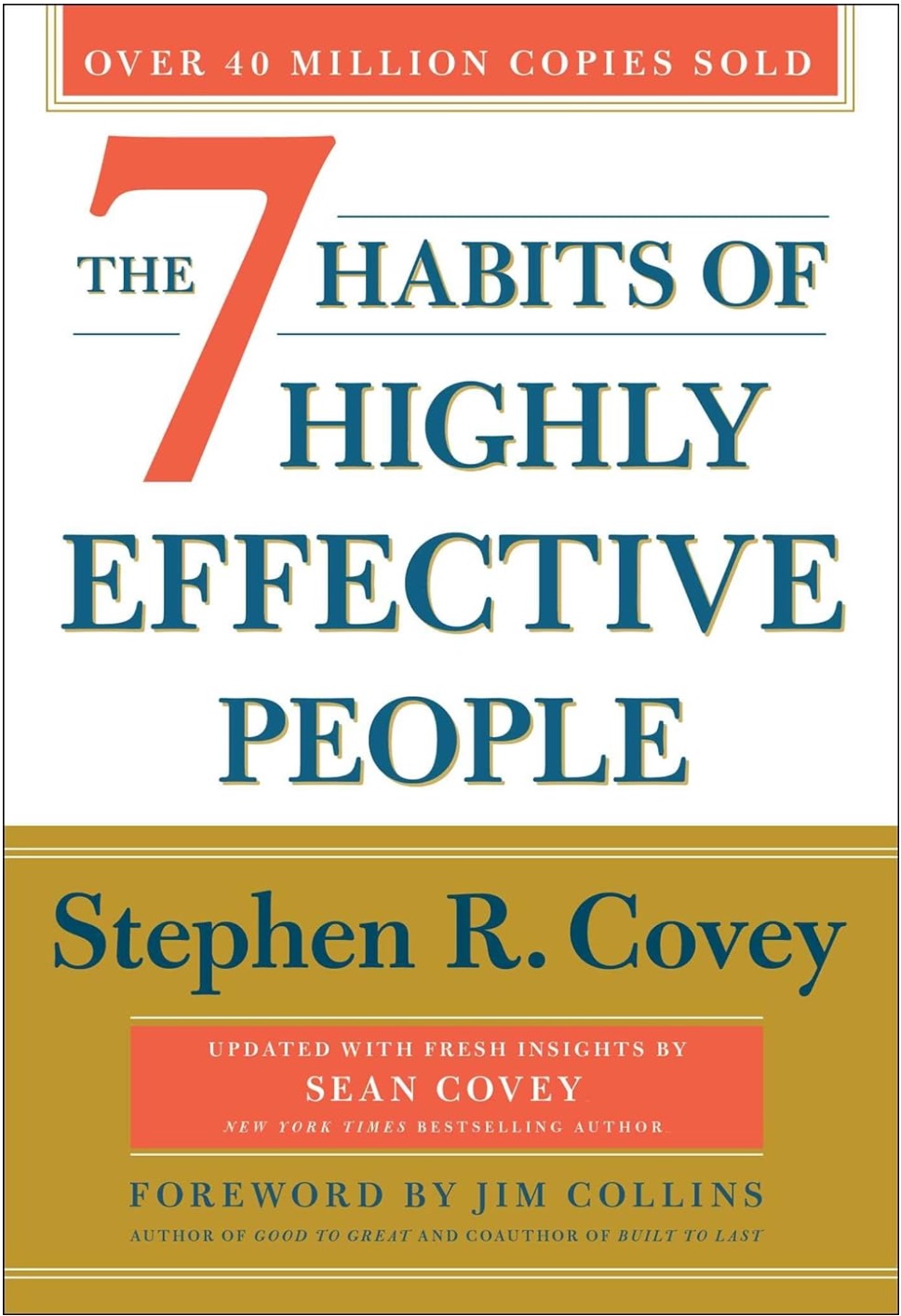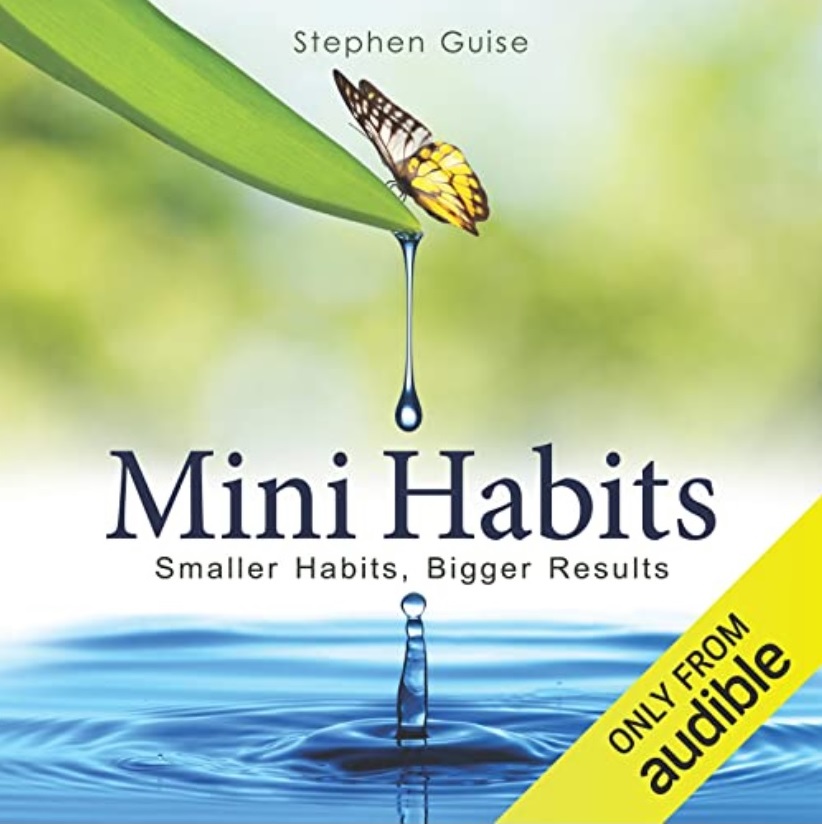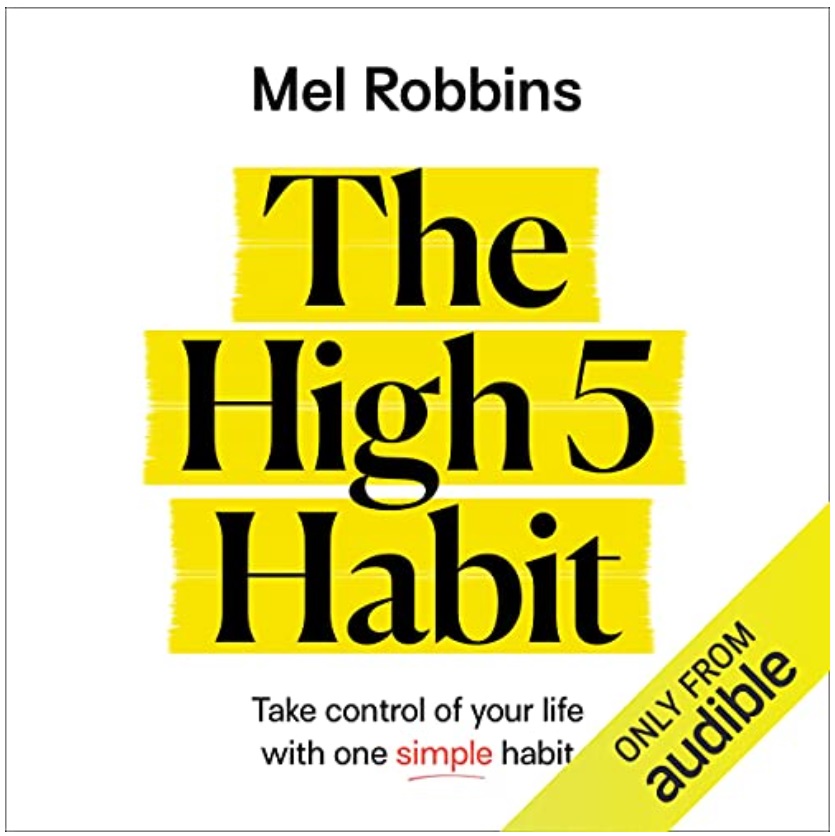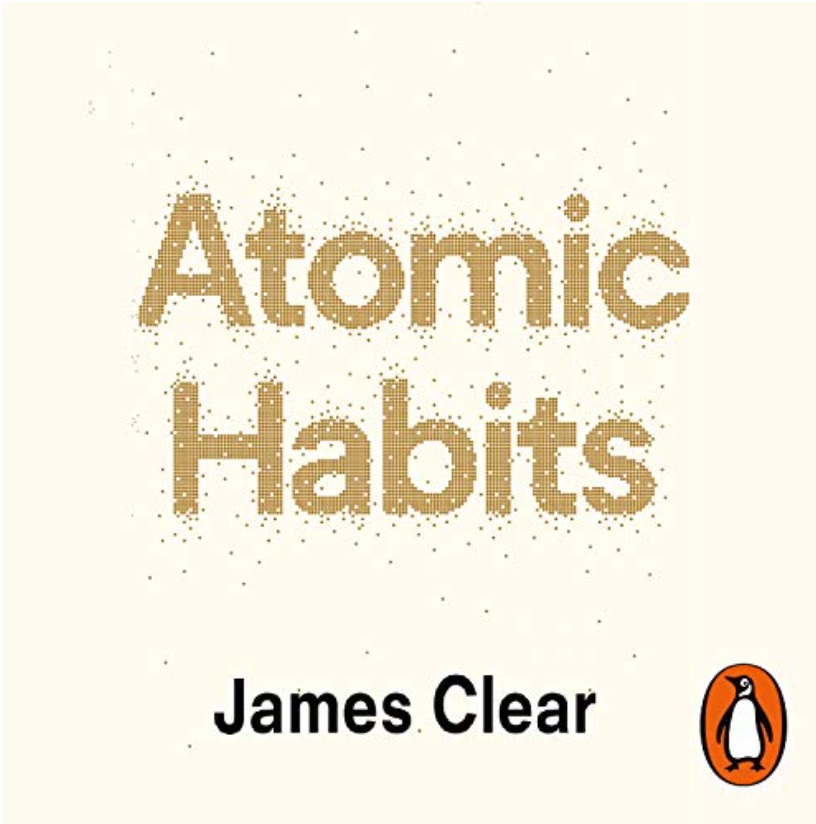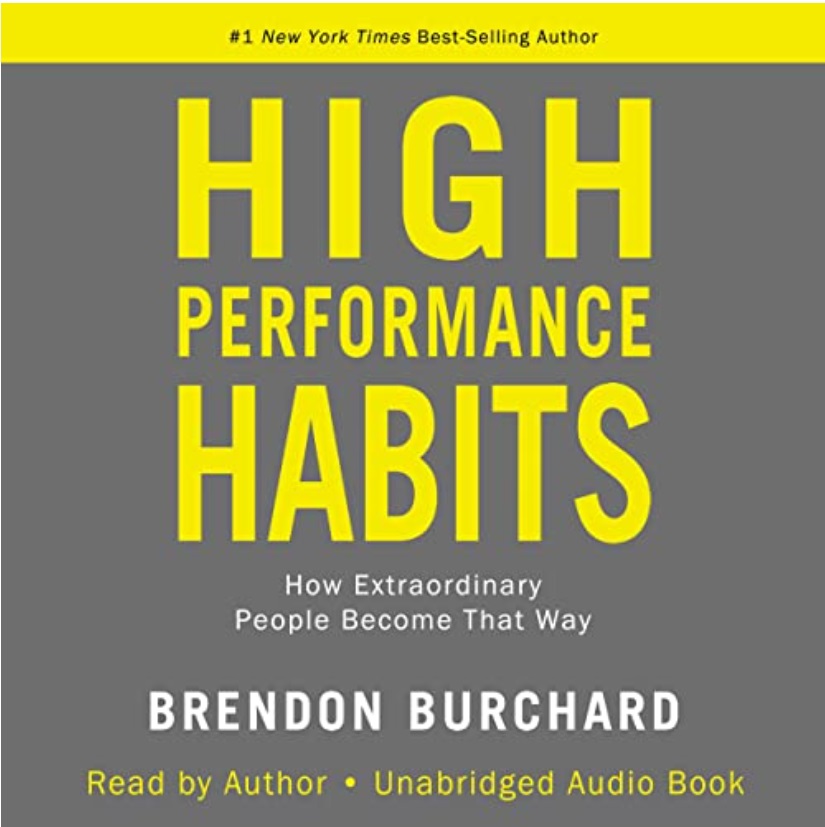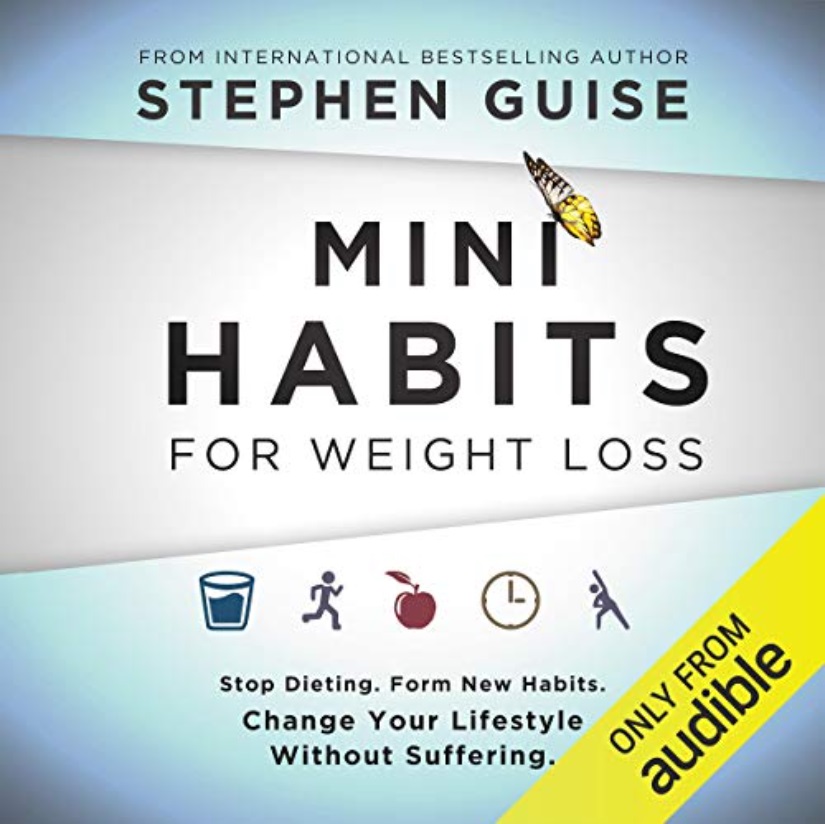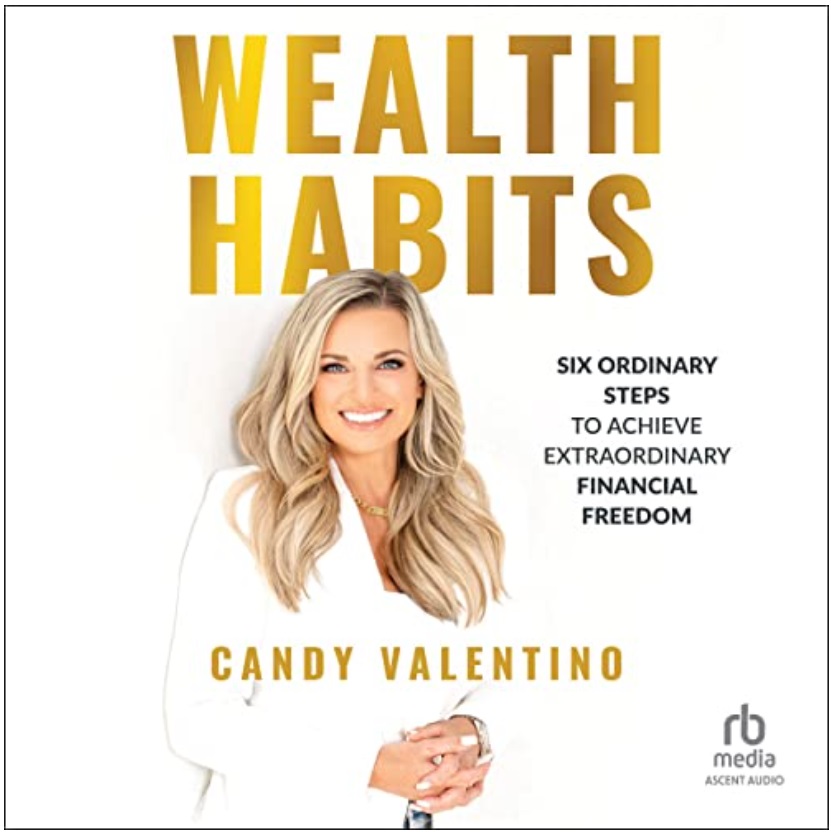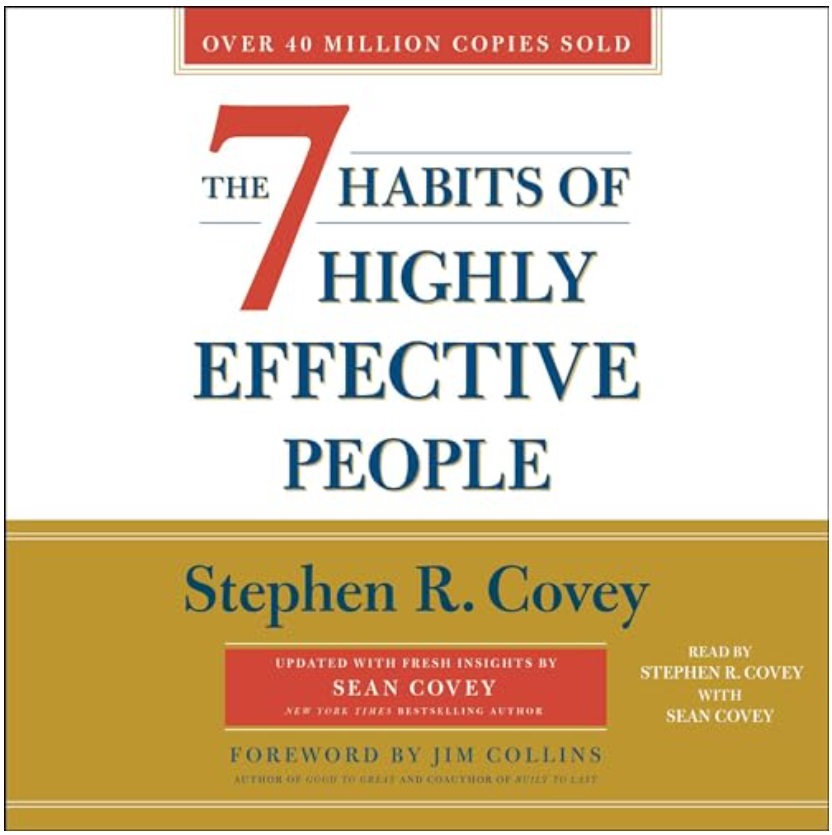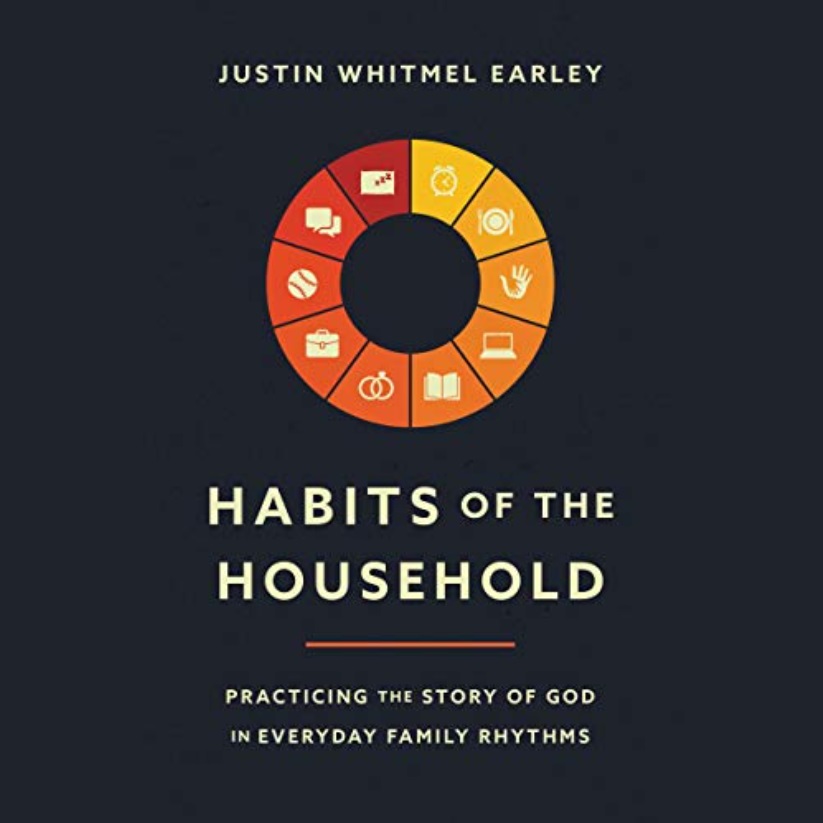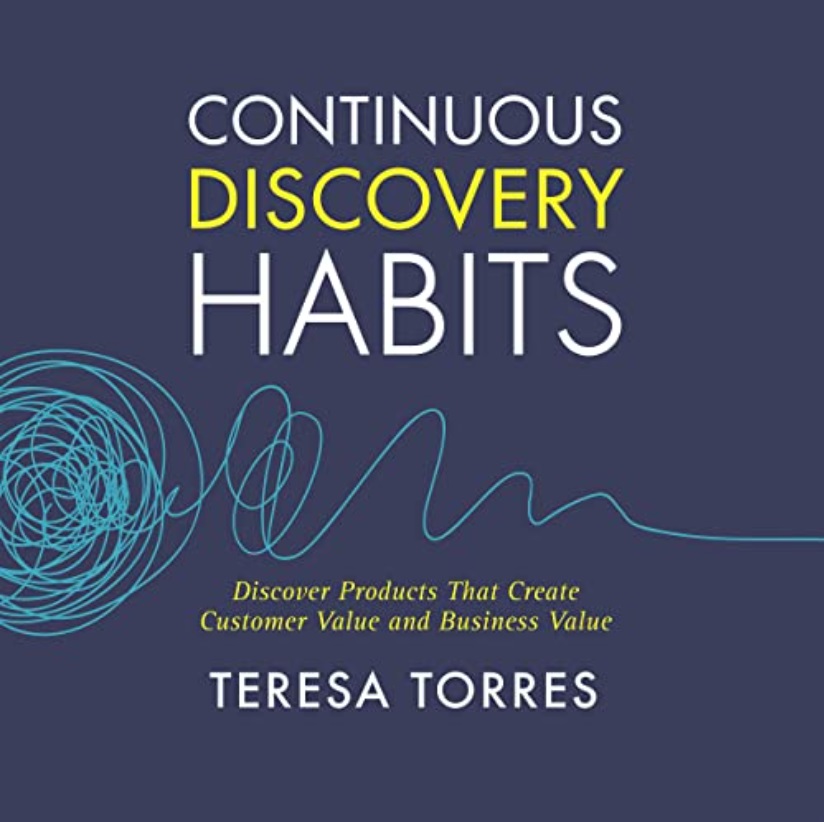- KEY POINTS
- Use five essential questions to make decluttering easier and more intentional.
- Focus on value, space, and joy to decide what to keep or donate.
- Declutter by reflecting on what you use, love, and what serves you best.
Decluttering sounds simple—get rid of what you don’t need, keep what you do. But if you’ve ever found yourself standing in front of an overflowing closet or a drawer packed with miscellaneous items, you know it’s not always that easy. I’ve been there, holding onto things I might use someday or sentimental objects I didn’t know how to part with.
Over time, I discovered that asking the right questions made the process easier and more intentional. These five questions became my guideposts, helping me break through indecision and clutter with more clarity.
This post will walk you through each question, offering practical tips, personal examples, and reflective exercises that you can apply immediately. Let’s simplify the decluttering process together—one thoughtful question at a time.
Table of Contents
ToggleQuestion 1: Do I Use This Regularly?
The Power of Everyday Use
One of the simplest yet most effective questions I ask myself when decluttering is, “Do I actually use this?” If something hasn’t been touched in months (or even years), it’s a clear sign that I can probably let it go.
I once held onto a bread maker that had been sitting in my kitchen cabinet for two years. I told myself I’d eventually use it, but the reality was—I hadn’t and likely never would. After donating it, I felt a surprising sense of relief and gained valuable cabinet space.
Reflective Exercise:
- Walk around your home and identify five items you haven’t used in the past six months. Could you donate or sell them?
For more on decluttering overlooked spaces like kitchens, check out 10-Minute Daily Decluttering Habits for a Tidy Home.
Sentimental vs. Practical Use
It’s easy to justify keeping things because they could be useful, but that mindset often leads to clutter. If I haven’t used an item within the past year, I ask myself why I’m holding onto it. Often, it’s tied to guilt or sentiment rather than practicality.
Reflective Question: Is there one item you’ve been keeping “just in case” that you could part with today?
Question 2: Does This Item Bring Me Joy or Value?
Joy as a Guidepost
Not everything in our home needs to serve a functional purpose—some things exist purely because they make us happy. I have a framed photo from a family vacation that sits on my shelf. It doesn’t “do” anything, but it sparks joy every time I see it.
However, not every item evokes that same feeling. When decluttering, I try to separate meaningful items from things I’ve kept out of habit. If something doesn’t bring me joy or value, it’s often time to say goodbye.
This concept aligns closely with the principles in A Simple Way to Let Go of Sentimental Clutter.
Reflective Exercise:
- Choose one room and pick five items to assess. Do they bring you joy or hold value? If not, consider letting them go.
Balancing Joy with Practicality
While it’s important to keep items that bring joy, I balance this by ensuring my space isn’t overwhelmed with non-essential items. I love candles, but I don’t need ten of them. I keep two and rotate them, which keeps the clutter minimal but the joy intact.
Reflective Question: Is there an item you can keep, but limit the quantity to avoid clutter?
Question 3: Would I Buy This Again Today?
Seeing Items Through a Fresh Lens
This question completely shifted how I view clutter. When I started asking, “If I didn’t already own this, would I buy it today?” I realized how many items I kept out of obligation rather than desire.
I remember holding onto a decorative lamp that didn’t match my style anymore. When I asked myself if I would buy it again, the answer was a clear no. Letting it go felt like I was finally giving myself permission to create a space that reflected who I am now—not who I was five years ago.
Reflective Exercise:
- Walk through your living room or bedroom. Ask yourself this question about three decor items. Would you buy them today, or are they simply taking up space?
For more guidance on refreshing your home decor, check out Simple Minimalism and How to Declutter Without Going Extreme.
Letting Go of Gifts and Impulse Buys
Some of the hardest things to declutter are gifts or impulse purchases. I used to keep items just because someone gave them to me, even if I didn’t like or use them. But I realized that keeping something out of guilt wasn’t honoring the person who gave it to me.
Now, if I wouldn’t buy it again today, I thank the item for its time and move on. I remind myself that gifts serve their purpose by creating a moment of joy—not by taking up permanent space.
Reflective Question: Is there a gift or impulse buy you’re holding onto that no longer aligns with your current life?
Question 4: Is This Item Worth the Space It Takes Up?
Prioritizing Space Over Stuff
Space is one of our most valuable resources. Every item we own takes up physical (and mental) space. When I started asking if something was worth the space it occupied, my decluttering decisions became easier.
For example, I had a bulky exercise bike that I rarely used. It took up half my guest room, and every time I walked past it, I felt guilty. I finally let it go, and the room instantly felt bigger and lighter. Now, I use that space for a cozy reading nook—something I actually enjoy.
Reflective Exercise:
- Identify one large item in your home that’s taking up more space than it deserves. Could you sell, donate, or repurpose it?
For more ideas on freeing up space, read Room-by-Room Guide to Decluttering Your Home.
Small Items Can Add Up
It’s not just large items that take up space. Small things—like extra kitchen gadgets, old magazines, or mismatched mugs—can add unnecessary clutter. I ask myself if each small item truly earns its place, or if I’m keeping it simply because it’s easy to ignore.
Reflective Question: Is there a small item (or collection of items) that’s quietly taking up valuable space in your home?
Question 5: Could Someone Else Benefit More from This?
Shifting from Ownership to Contribution
One of the most powerful shifts in my decluttering journey came when I started thinking about how my unused items could serve someone else. Instead of focusing on losing an item, I began to see it as gifting someone else an opportunity.
I once held onto a stack of winter coats I hadn’t worn in years. They were perfectly good, but they no longer fit my style. When I donated them to a local shelter, I realized how much joy and warmth they could bring to someone in need. That experience made letting go easier in the future.
Reflective Exercise:
- Look at items in your closet or storage that you no longer use. Ask yourself if someone else could benefit more from them right now.
For more insight on releasing sentimental clutter for a good cause, check out A Simple Way to Let Go of Sentimental Clutter.
Consider the Value Beyond Money
It’s easy to hold onto items because of what we paid for them. I used to keep expensive but unused electronics simply because I felt guilty about the cost. But I realized that holding onto things I didn’t use didn’t recover the money—it just added clutter to my home.
Now, I remind myself that true value comes from use. If someone else can get value from the item, it’s better in their hands than collecting dust in mine.
Reflective Question: Is there something valuable you’re holding onto out of guilt? Could it serve someone else more effectively?
Building Long-Term Decluttering Habits
Consistency Over Perfection
Decluttering isn’t a one-time event—it’s an ongoing process. By incorporating these five questions into my regular routine, I’ve been able to maintain a home that feels light, organized, and peaceful. I revisit each space seasonally, asking these same questions to prevent clutter from creeping back in.
If you want to make decluttering part of your lifestyle, try my 30-Day Decluttering Challenge for a Tidy Home.
Reflective Exercise:
- Set a date each season to walk through your home and reapply these five questions.
Conclusion
Decluttering doesn’t have to feel overwhelming. By asking the right questions, we shift the focus from losing things to gaining clarity, space, and peace of mind. Every item we let go of creates room for what truly matters—whether that’s experiences, relationships, or just more breathing space.
As you move through your decluttering journey, remember: It’s not about creating a perfect home. It’s about creating a home that supports the life you want to live. One thoughtful decision at a time, you’ll find yourself surrounded by items that bring joy, function, and simplicity.
Ready to take the next step? Start small, trust the process, and enjoy the freedom that comes with letting go.
References
Blog Post References
- 10-Minute Daily Decluttering Habits for a Tidy Home
- Easy Guide to Declutter Your Home in One Weekend
- A Simple Way to Let Go of Sentimental Clutter
- Declutter Your Mind for Inner Peace and Focus
- 20 Things to Declutter Today for Instant Calm
- Simple Minimalism and How to Declutter Without Going Extreme
- Room-by-Room Guide to Decluttering Your Home
- 30-Day Decluttering Challenge for a Tidy Home









